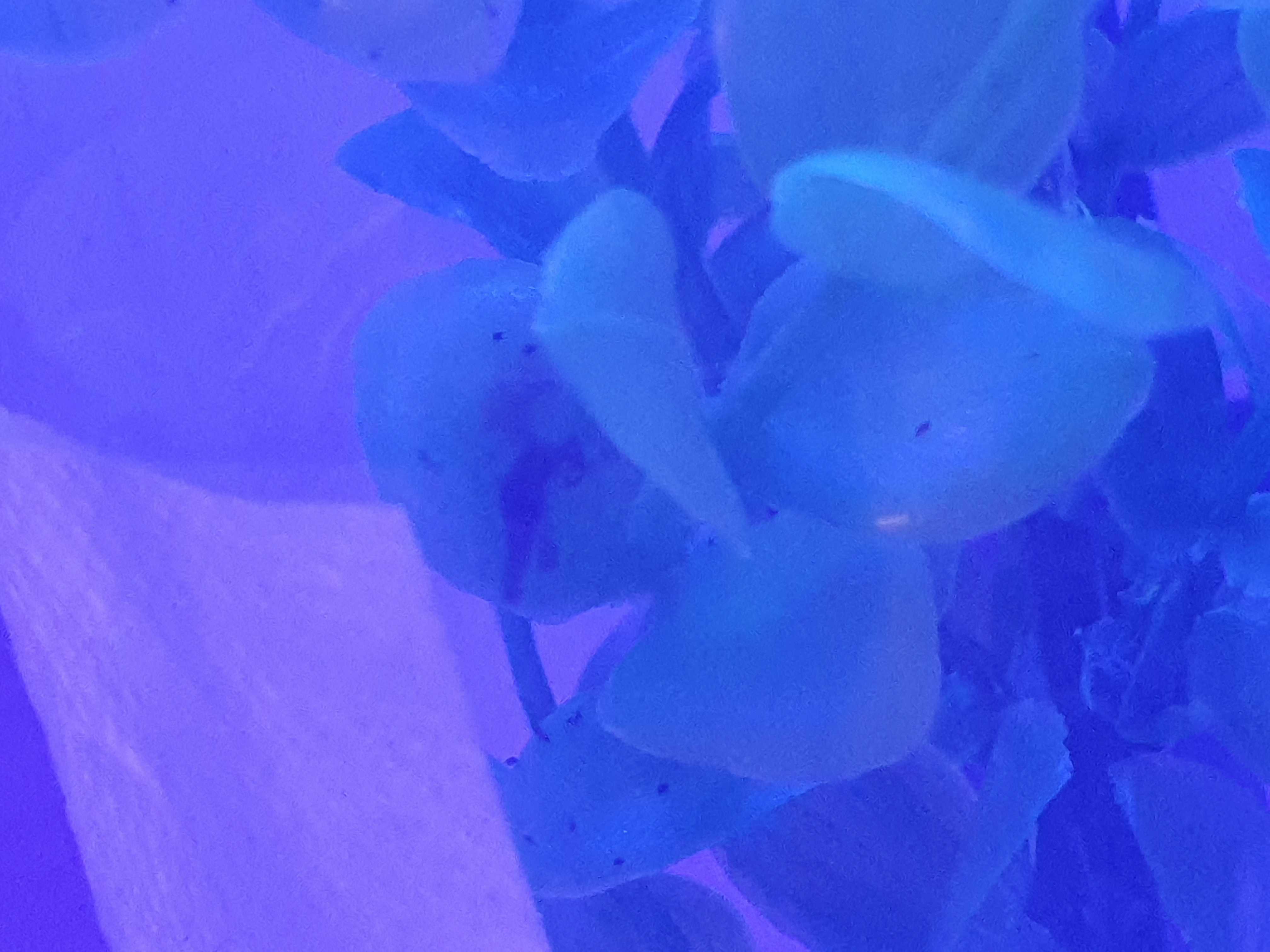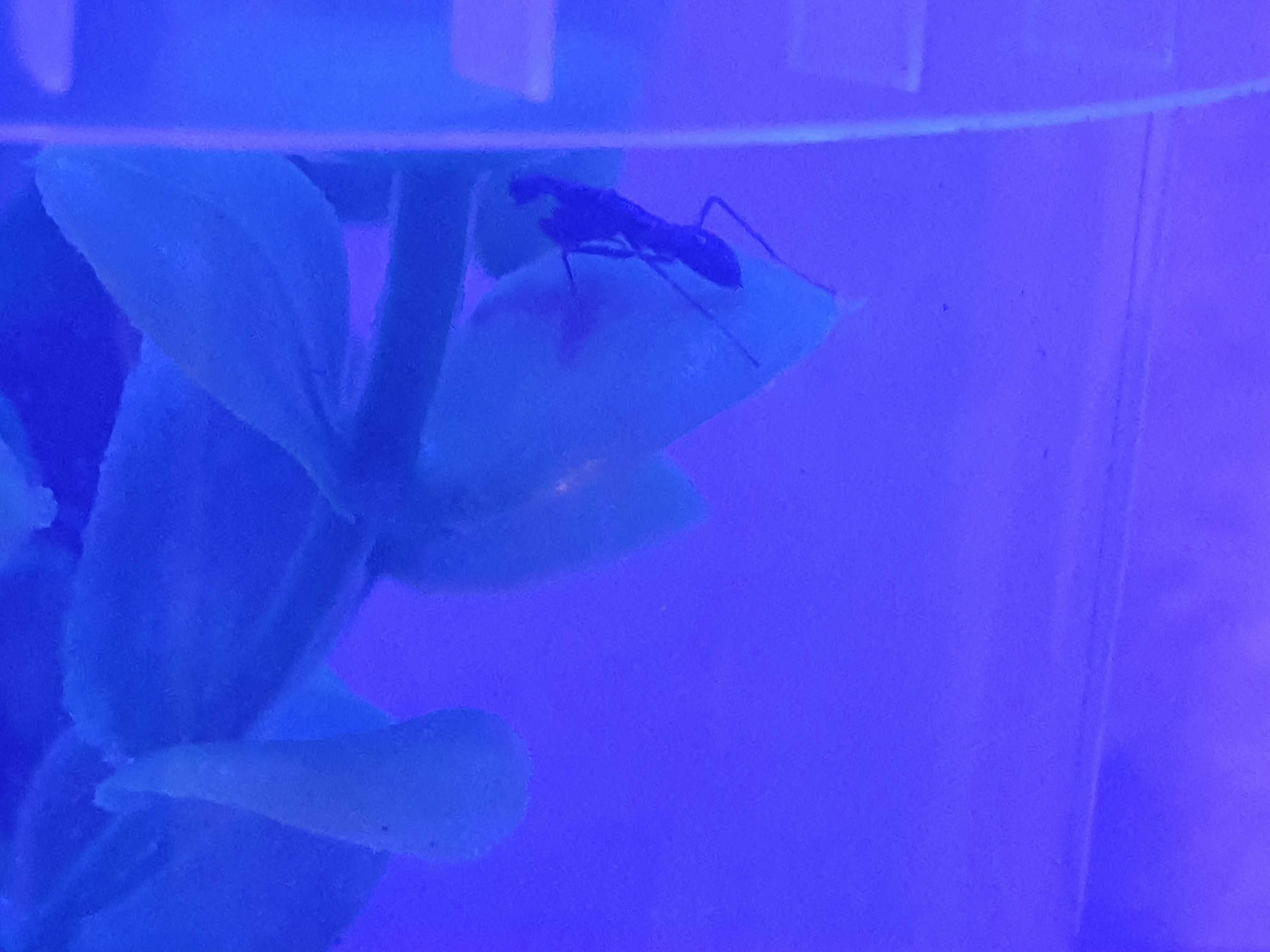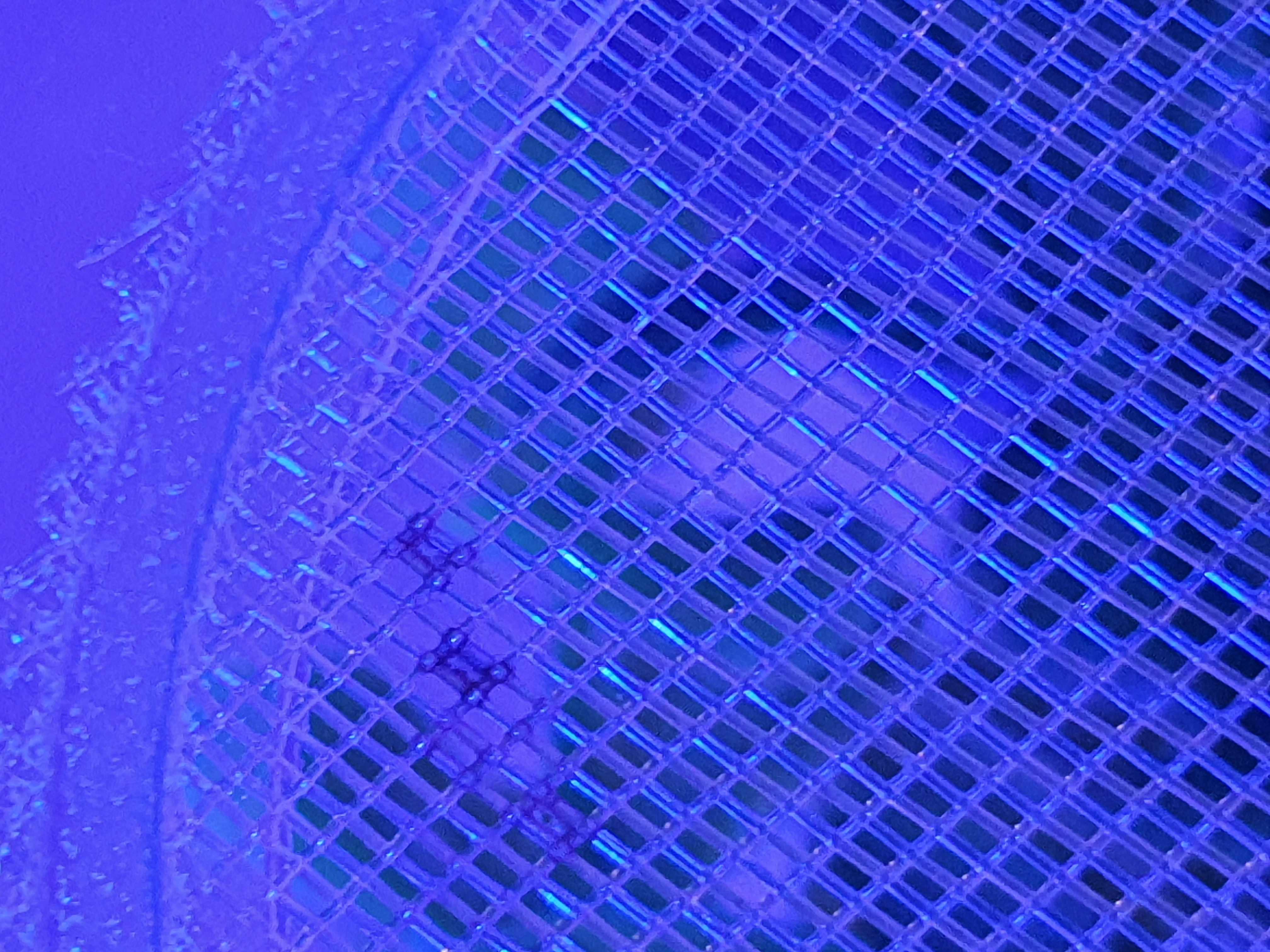Odontomantis spp. (Ant mantises)
Introduction:hailing from southern Asia, the Odontomantis genus contains multiple species known for their mimicry of black ants as young nymphs. these charming little mantises are barely an inch long and live a surprisingly long time as adults
the adults have a lovely evergreen color with charming yellow or black dots on the lower abdomen
Difficulty level:intermediate
Behavior/Temperament:
nymphs are active and somewhat shy, adults move swiftly
they don't like being housed too densely and despite lower cannibalism than others, housing them together increases stress which heightens mortality
Captive environment
odontomantis need it fairly humid. temperatures between 75 and 80 are adequate, but regular spritzing is needed to prevent dehydration. young nymphs need plastic containers with lightly ventilated lids and plenty of perches. misting should be done twice a day from L1 to L4, then daily misting until adulthood works well. adults don't seem to need as much misting but they do benefit from the occasional spraying
these guys are small and 16oz deli cups will comfortably house them their whole lives
Feeding:
the small hatchling nymphs are somewhat apprehensive about food at first
d.melanogaster are adequate in size but do not offer too many at once and wait 3 or 4 days to start feeding them. they won't eat much at first but by L3 they will eat a lot of d.hydei
at L5 houseflies can be offered
these mantises will eat flies, moths, and roaches
Breeding:
these are prolific mantises. females lay 8-12 ooths in their lifetime, each of which hatches 25-30 nymphs in a little less than a month (24-28 days)
as these spectacular mantises grow, the legs get a red color and the bodies turn green
they get closer to the adult color each molt
males molt 6 times and females molt 7 times
males live a surprisingly long time, 2-3 months as adults, and are fairly small. they only need weekly feeding of a housefly as adults
females are larger and eat much more
adults are receptive 15-20 days after the final molt
these guys don't seem to get pheromone saturation issues and males can mate pretty much until the day before they die
one must simply put the female in the male's cage
females are rarely aggressive to the males
the male promptly mounts the female and once connected, mating lasts 25-70 minutes
males can mate every other day and I've gotten 2 females mated with the same male 3 times each in the same week
within a few days of mating, a female will deposit a round, segmented ooth
they will lay an ooth every 6-9 days for the first few months of adulthood
females can live 6 months as adults
ooths should be incubated between 75 and 80 degrees with regular heavy misting
hatching usually occurs shortly after a light goes on
nymphs need a lot of room and plenty of moisture
nymhps easily dehydrate, and this makes them harder than other mantises to rear because when they are dehydrated they don't eat and it is hard to keep them alive
Last edited by a moderator:






